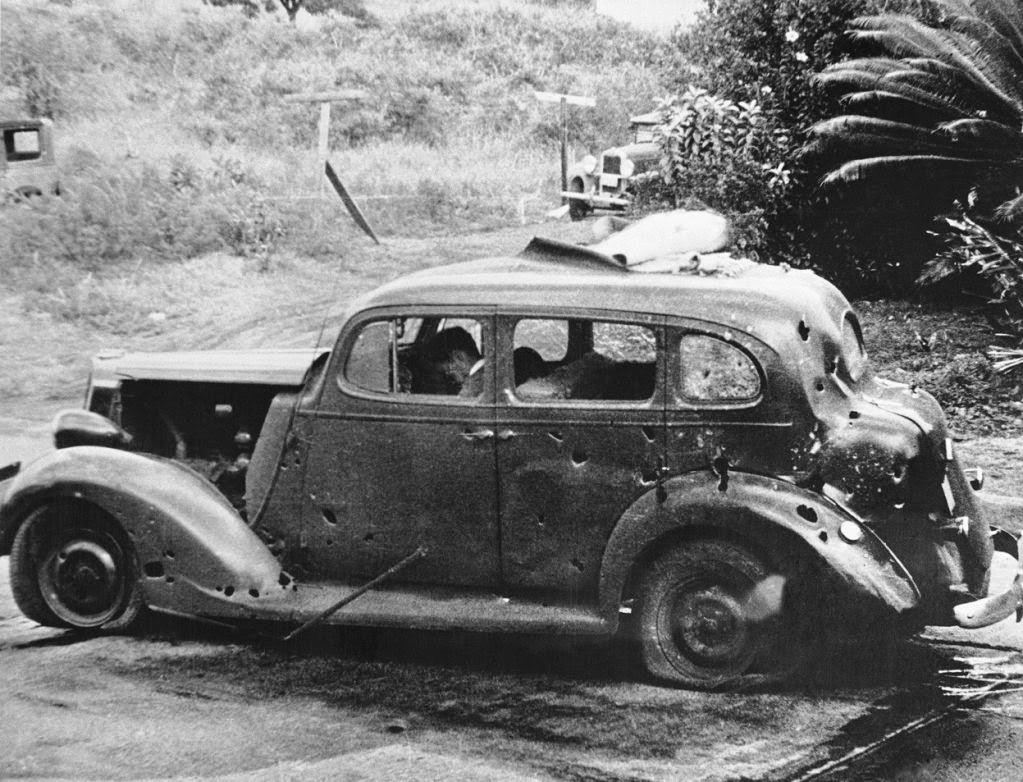

The United States was committed to the territorial integrity of China, and was supporting China's leader, Chiang Kai-shek. The principal source of conflict was the Japanese invasion of China and continued occupation of an immense area of the East Asian mainland. NOW, ON WITH OUR STORY: The late 1930s were marked by increasing tensions between the United States and Japan.
#Pearl harbor series#
Navy was following the movements of major Japanese fleet elements by means of traffic analysis and Direction Finding from a series of sites around the Pacific. American cryptologists, working with their British counterparts, had made some recoveries in a general purpose Japanese cryptosystem nicknamed JN-25, but, by late 1941, several basic changes to the system had foiled cryptanalysis and exploitation.

The Army and Navy shared the processing of diplomatic messages - decrypted from the Japanese PURPLE machine and codenamed MAGIC - and were making efforts, so far mostly unsuccessful, against Japanese naval or military communications. military - the Signal Intelligence Service for the Army and OP-20-G for the Navy - both had small but vigorous programs with experienced personnel to exploit Japanese communications. Instead, this article will try to draw together the earlier articles in this series about COMINT in the pre-war period, and tell the general story of December 7, 1941, the most momentous day for America in the Twentieth Century! Summary:īy the fall of 1941, the COMINT services in the U.S. The following is not intended to be a comprehensive treatment of the Japanese attack on Hawaii. The number of books written about the attack, each purporting to tell the "final truth," would fill a small library. On a par with theories about the Kennedy Assassination, the attack on Pearl Harbor continues to draw allegations of conspiracy, treason, and cover-up. This statement is almost as true today as it was in the 1950s. Friedman said that the "Battle of Pearl Harbor is still being fought but the adversaries this time are all Americans." Writing some 15 years after the Japanese attack, William F.


 0 kommentar(er)
0 kommentar(er)
